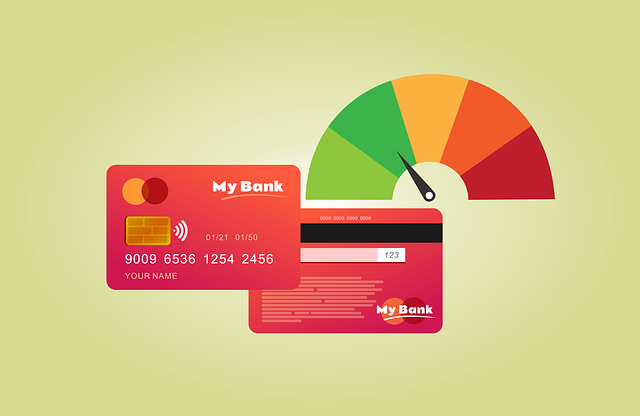The Debt Utilization Ratio (DUR) is a key metric for real estate investors, highlighting the percentage of debt used to finance assets. A low DUR signifies financial prudence and improved access to financing with better interest rates, enhancing leverage, cash flow management, and lender attraction. To optimize real estate performance, strategic debt reduction practices like budgeting, wise fund allocation, and prioritizing high-interest debts are essential. Diversifying investment strategies through equity-based options and crowdfunding platforms can further reduce debt reliance. Consulting financial advisors specializing in real estate can offer tax-efficient strategies for minimizing debt and maximizing returns. Maintaining a low DUR fosters financial stability, success, and competitive financing options in the real estate sector.
In the competitive world of real estate, managing debt effectively is key to achieving success. This article explores the concept of the debt utilization ratio and its profound impact on your real estate investments. We’ll guide you through understanding this metric, unveil strategies to reduce debt loads, and highlight the long-term benefits of maintaining a low ratio, ensuring optimal performance in the dynamic real estate market.
Understanding Debt Utilization Ratio and Its Impact on Real Estate Investments

The Debt Utilization Ratio (DUR) is a crucial metric for both individuals and real estate investors to consider. It represents the amount of debt used to finance assets relative to the total value of those assets, expressed as a percentage. In the context of real estate, it’s a key indicator of financial health. A low DUR signifies a prudent approach to borrowing, suggesting that an investor has significant equity in their properties and is not heavily reliant on debt to acquire or maintain them. This can be advantageous for several reasons.
For real estate investors, maintaining a low DUR can lead to better access to financing options, lower interest rates, and improved leverage. It also allows for more flexibility in managing cash flow, which is essential for covering maintenance costs, unexpected repairs, and potential rental income fluctuations. Moreover, a healthy DUR is attractive to lenders and can make it easier to secure loans or lines of credit for future investments. Ultimately, keeping this ratio low demonstrates financial discipline and can contribute to long-term stability in the real estate market.
Strategies to Reduce Debt Load for Optimal Real Estate Performance

To maintain a low debt utilization ratio and optimize real estate performance, individuals and investors alike should employ strategic approaches to reduce their debt load. One effective method is creating a detailed budget that tracks income, expenses, and debt payments. By allocating funds wisely and identifying areas for savings, one can significantly decrease the overall debt burden. Additionally, prioritizing high-interest debts and paying off credit cards promptly can substantially improve financial health.
Diversifying investment strategies is another crucial step. Instead of relying heavily on debt-driven investments, consider exploring equity-based options like real estate ownership or crowdfunding platforms. This shift can help reduce the reliance on borrowed funds and, in turn, lower the debt utilization ratio. Moreover, consulting with financial advisors who specialize in real estate can provide valuable insights into tax-efficient strategies and opportunities to minimize debt while maximizing returns on investments.
The Long-Term Benefits of Maintaining a Low Debt Utilization Ratio in Real Estate

Maintaining a low debt utilization ratio has significant long-term benefits in the real estate sector. When individuals or investors keep their debt levels manageable, they unlock several advantages that can lead to greater financial stability and success in the property market. One key benefit is improved access to financing options; lenders are more likely to offer favorable terms and interest rates to those with a strong credit profile and low debt-to-income ratios. This accessibility opens doors for real estate investments, enabling individuals to secure competitive loans for purchasing properties or renovating existing ones.
Additionally, a lower debt utilization ratio enhances the ability to take calculated risks in real estate. With minimal financial strain from debts, individuals can comfortably consider higher-value investments, potentially leading to greater returns. It also allows for more flexibility in managing unexpected expenses related to property ownership, such as repairs or maintenance costs. This financial headroom is crucial in a volatile market where adaptability and liquidity are essential for long-term success in real estate.






